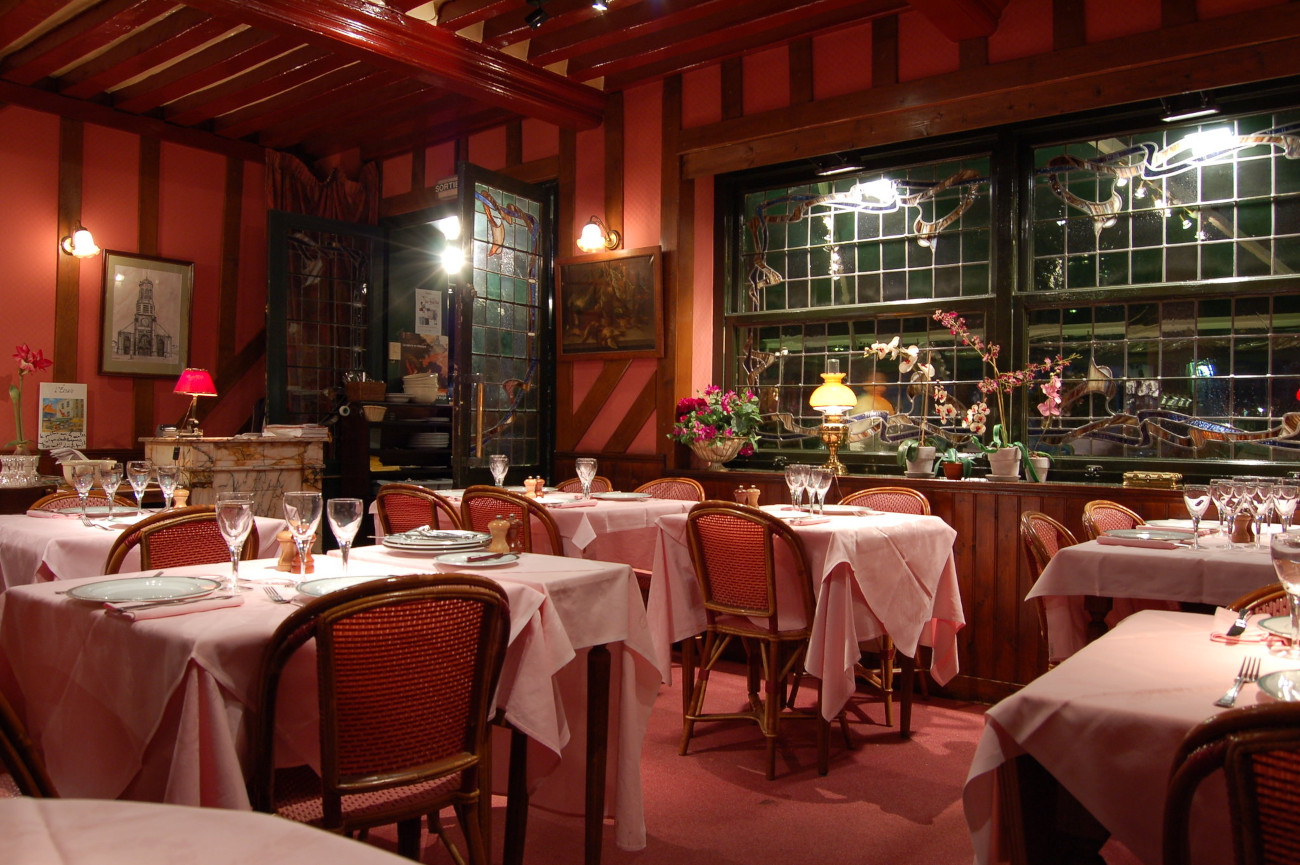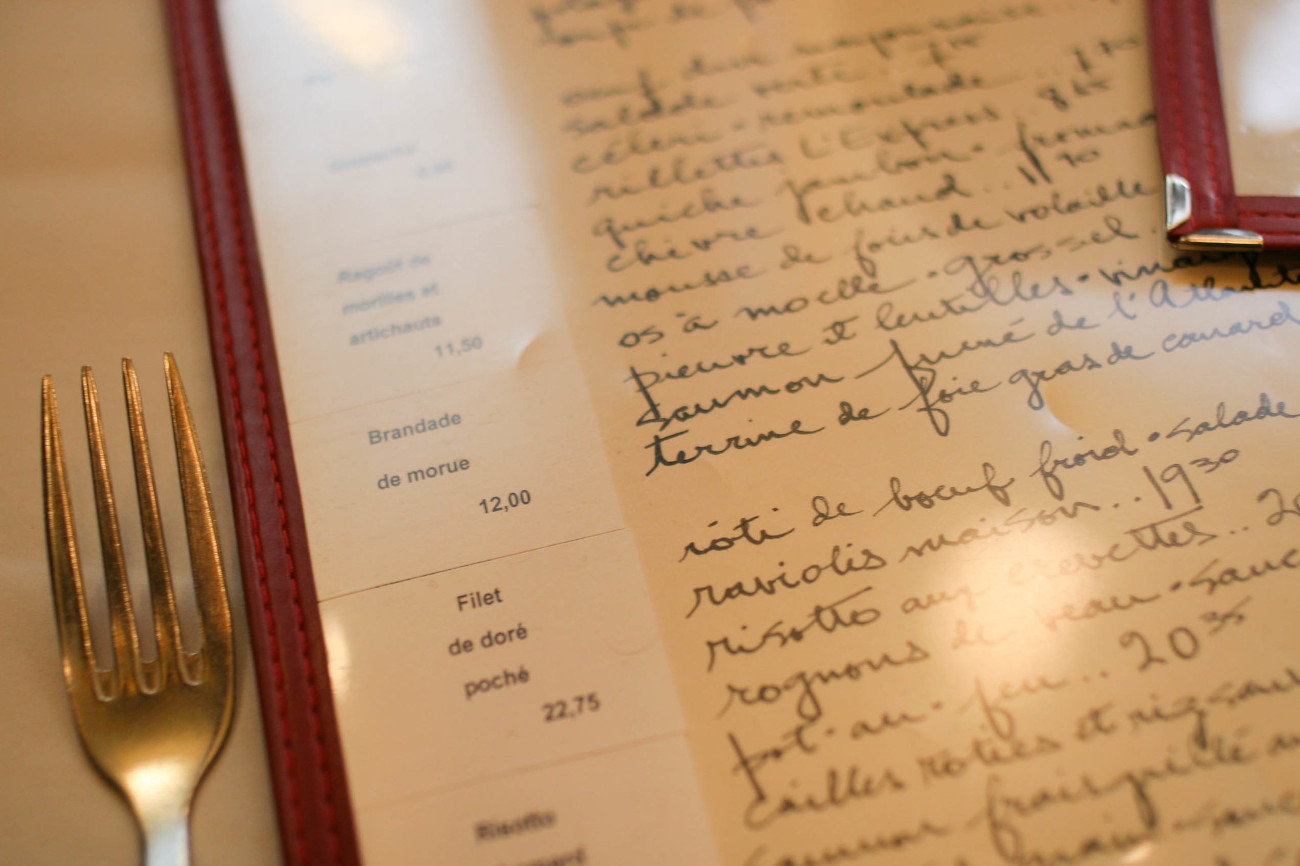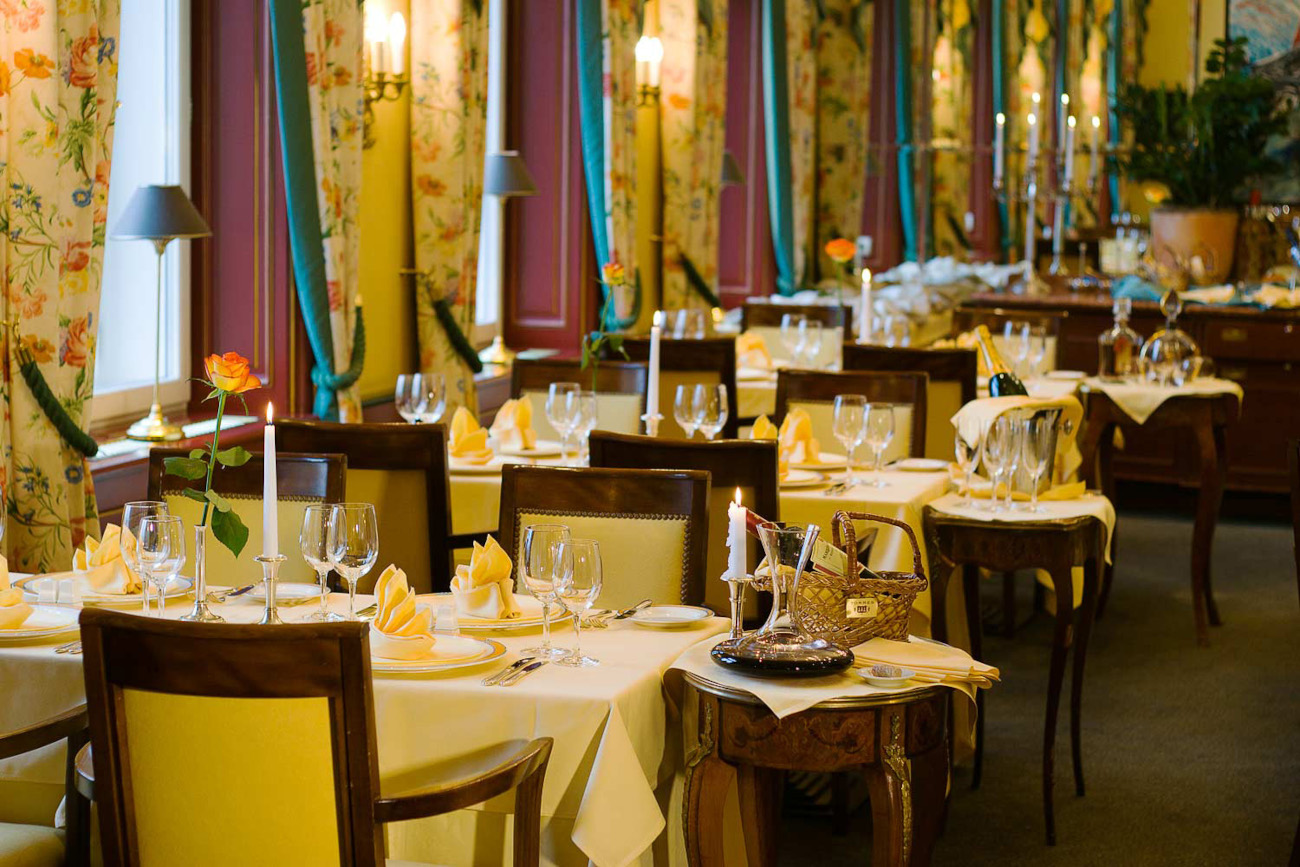Whether it be a middle-of-the-week surprise or a weekend treat, it doesn’t matter how or when you go, but going to a restaurant has a special feeling. Sitting down with someone and choosing from an array of delicious options is always a great food experience. It’s such a common thing across the world, we take the whole concept for granted! The whole tailored menu and selective seating arrangement weren’t always around for public enjoyment. Suprisingly, the origins of eating out and the word restaurant came from a weird French historical fad and societal flex.

It is not to say that the French invented the entire concept of restaurants and that going out to eat was always a part of human existence. In China’s Song dynasty, around the 12th and 13th centuries, writers of the time recorded and listed menus and food options at great length. Before government turmoil and western colonization, a vibrant urbanized city culture was firmly established, and with that came venues for men to eat outside of the home. This concept of outside eating isn’t secluded in China (though there is more documentation of it during that dynasty).
Many societies across the world had street vendors and coffee and tea houses, but things like these establishments didn’t focus on food AND dining. If you went to a street vendor you didn’t have a menu and if you went to a cafe it was more to discuss and meander at the facility. Going to a place, choosing from a menu, eating the food, and then leaving, was not always defined by any specific word. Restaurants, where you sat down at separate, not communal, tables, printed menus, and choosing your selection was not commonplace.

Yet that all changed in the following centuries. While many sites quote the famous story of restaurants occurring after the French Revolution, some of the first restaurants were opened in the 1760s. Nowadays, we go to restaurants to indulge a bit, but that wasn’t the case with the first restaurants.
The word restaurant comes from the French verb restaurer, which means to restore or to refresh. Yes, people went to restaurants to heal themselves with nutrient-rich dishes. Most of these places served one main thing — broth, specifically bone broth. There were other dishes like rice pudding, royalty-derived well water, and fortified wines, but the restorative bouillon was the main attraction. The nutrient-rich broth isn’t just a recent fad, seeing it as the highlighted feature of the first restaurants shows how much of a draw and attention this broth attracted in the 18th and 19th centuries.

A place where you eat broth? Doesn’t sound really…um…filling? In fact, according to Professor Rebecca Lang, author of the book The Invention Of The Restaurant, early establishments advertised how light and minimal the foods were. Essentially people were paying not to eat. People went to show off their ability to be sensitive, delicate, and sophisticated. The French Revolution made it politically incorrect to solely cater to wealthy clients, making these restorative dining spot switch gears. After the revolution, they changed their tune stating that they had a wide selection of food for any paying man.

The restaurant was like a retreat, a health spa of sorts. There the highly personalized treatment of selecting your curative medicinal food, and sitting recluse away from others was the essential framework of the establishments of today.













